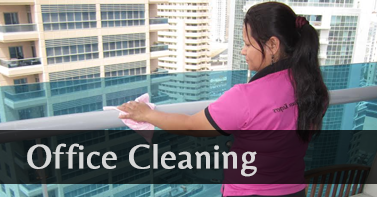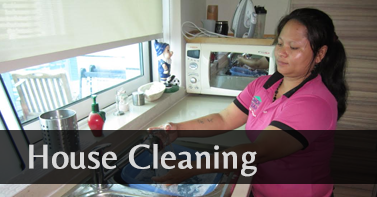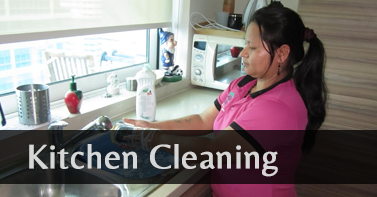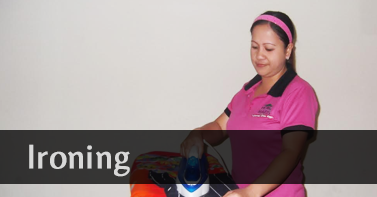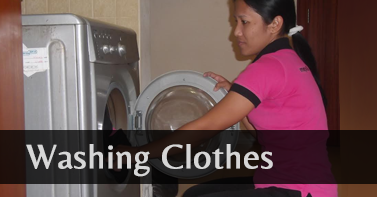The cleaning industry is a pretty straightforward one – the goal is to clean a space and ensure that it’s germ-free so that its users are safe, comfortable, and healthy. However, what sets a commercial cleaning company apart from its competitors is the methods they use to achieve this goal.
As such, if you’re a cleaning industry professional, it’s crucial to keep up with the latest news about cleaning technologies and solutions. This helps you make smart business decisions that result in efficiency and effectiveness. By staying informed, you can make sure that your company is using the best possible methods to achieve its goals.
UV-C disinfection
UV disinfection isn’t a new technology, but it is one that’s been seeing some increased use recently. In fact, the first UV disinfection lamps were invented in the 1930s and UV disinfection systems saw widespread use as early as the 1950s. Some common uses include water treatment, as well as reducing the spread of bacteria that causes diseases like tuberculosis.
That said, UV disinfection experienced a surge in popularity during the COVID pandemic. This is likely driven by the fact that UVC radiation can inactivate SARS-Coronavirus. However, this is a different virus than what causes COVID.
This means that while effective against some viruses and bacteria, UVC disinfection isn’t an end-all, be-all solution—research must be conducted to know exactly which pathogens it’s effective against; research should also be put into making UVC disinfection systems more affordable.
Robot custodians and drones
While some people are still hesitant about robots taking over custodial or cleaning positions, there are in fact many advantages to using them. For example, large-scale robot vacuums and polishers can cover more ground in a shorter amount of time than human custodians.
Another big plus is that robots don’t run the risk of contracting diseases, so there’s no need to worry about contamination. After the robots have done their job, human custodians can simply perform maintenance procedures to clean and disinfect the machines.
In addition, humans can also monitor the progress of the cleaning machines and step in to troubleshoot in case anything goes wrong. In short, robots won’t take over human jobs but rather complement them.
Another kind of robot that can be helpful is in terms of disinfection: drones. In particular, drone sprayers are able to cover larger areas much faster. Again, similar to cleaning robots, human workers can guide or troubleshoot the robots when necessary and then perform maintenance procedures afterwards.
Antimicrobial coatings
Some manufacturers have recently come up with antimicrobial coatings which have been found to be effective in preventing the growth of bacteria and viruses. The coatings work by exposure to light, which converts humidity and oxygen into free radicals that break down the cells of bacteria and viruses.
The light can come from any source, including the sun, LED bulbs, and spotlights. The most important thing is that the coating gets exposed for about 8 hours for proper activation.
This is a great solution for areas that are difficult to keep clean, or for surfaces that are frequently touched, such as door handles or handrails. Antimicrobial coatings can help to reduce the spread of infection and keep everyone healthy.
Some people erroneously believe that robots and artificial intelligence are synonymous when in actuality, they are not. AI is a branch of computer science that is focused on machine learning which is different from hardware. This means that AI can be integrated into any machine.
In the cleaning industry, AI is used to collect data like the amount of time spent cleaning certain locations. This information helps manage operations more effectively and efficiently and allows more time to be devoted to other areas of the cleaning business such as market research, product development, and customer service.

